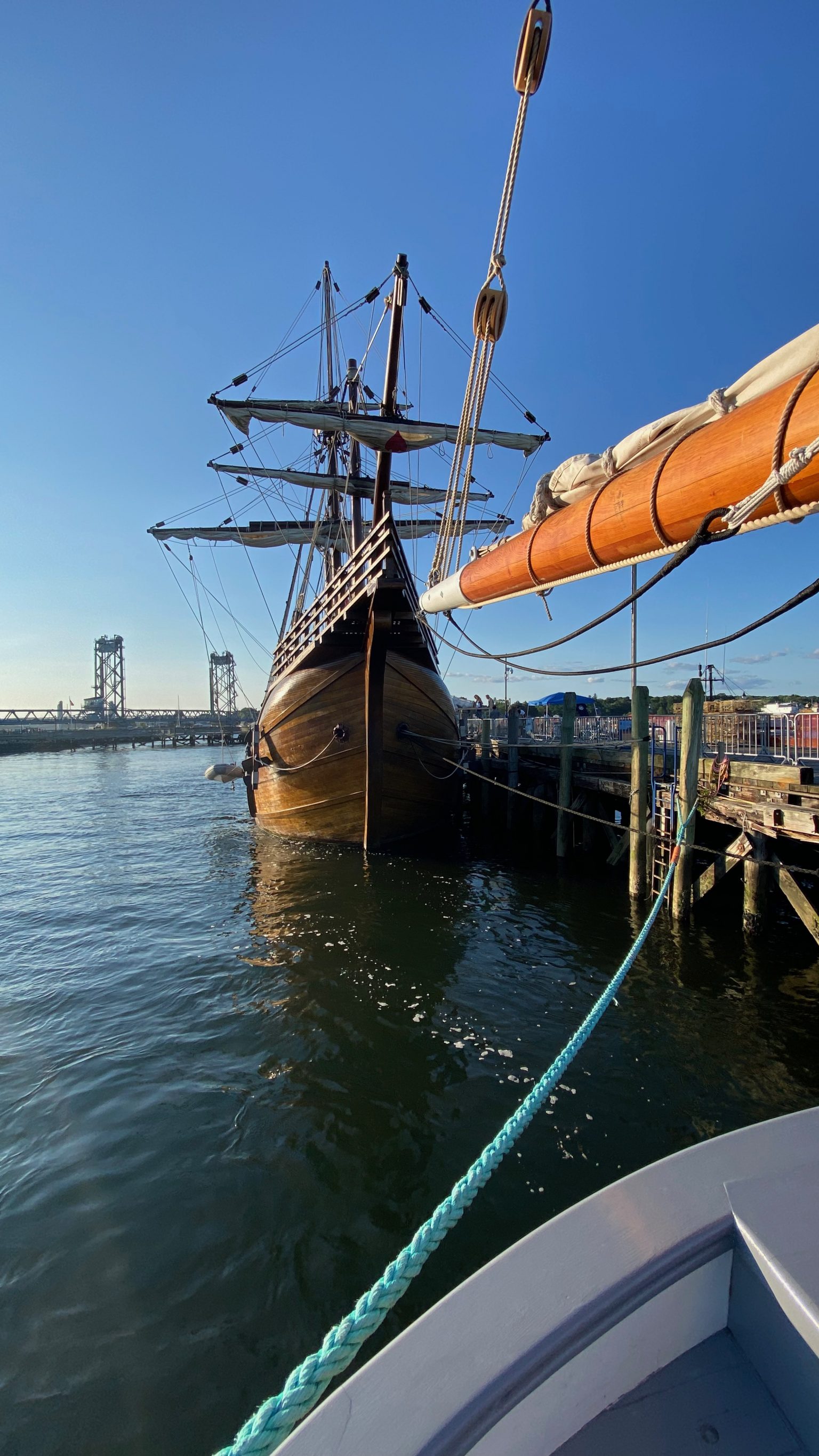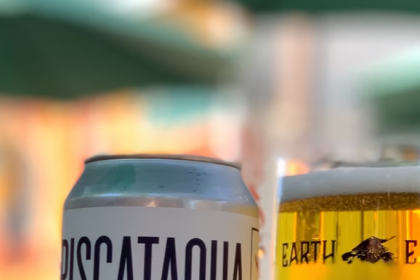By Mike Anderson
Portsmouth is one of the best places to indulge a love of early American history. In the shadow of old church steeples, among repurposed brick warehouses and restored colonial mansions, I can almost step into the past. During the recent Tall Ships Festival, I climbed aboard the schooner, Lynx, and sailed into it.
I’ve always felt that the best way to experience Portsmouth is from the water, especially from a historical perspective. The river and the sea sustained indigenous people for millennia, brought the first Europeans to the Isles of Shoals and Odiorne Point, and provided the means for transportation and power that fueled the local economy for generations.
Indeed, the fate of the city depended for years on the state of ships and shipping. Wars required warships, and, therefore, a bustling navy yard (as well as ships for privateering). The rise and fall of families were also tied to the sea. A successful voyage meant profit for a ship’s owner, captain and crew. A disaster at sea meant privation and hunger for the lost seamen’s families.
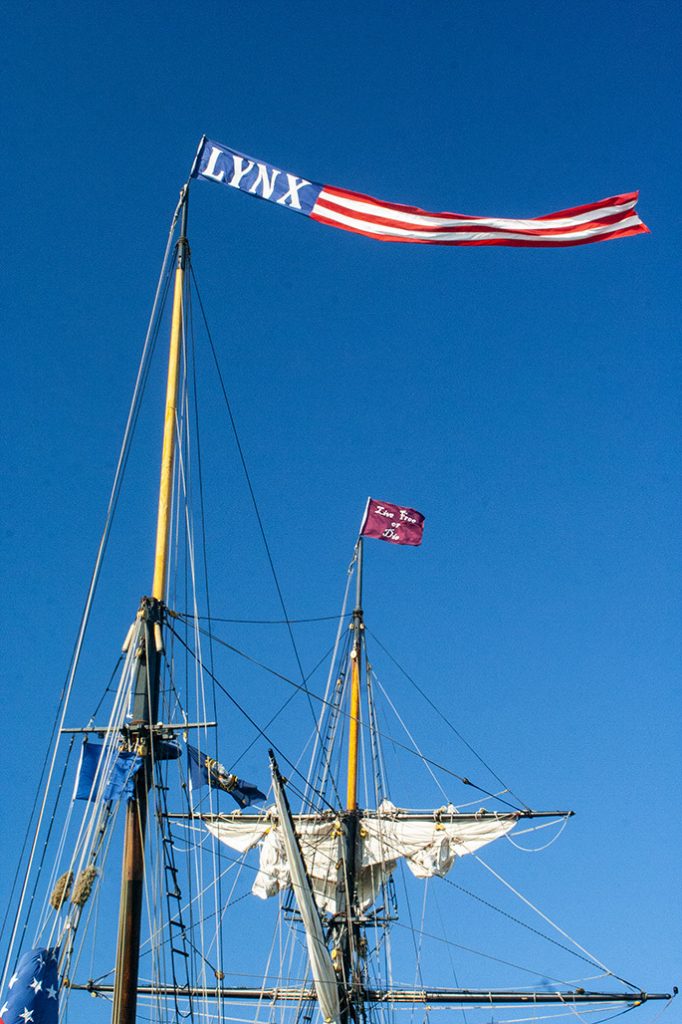
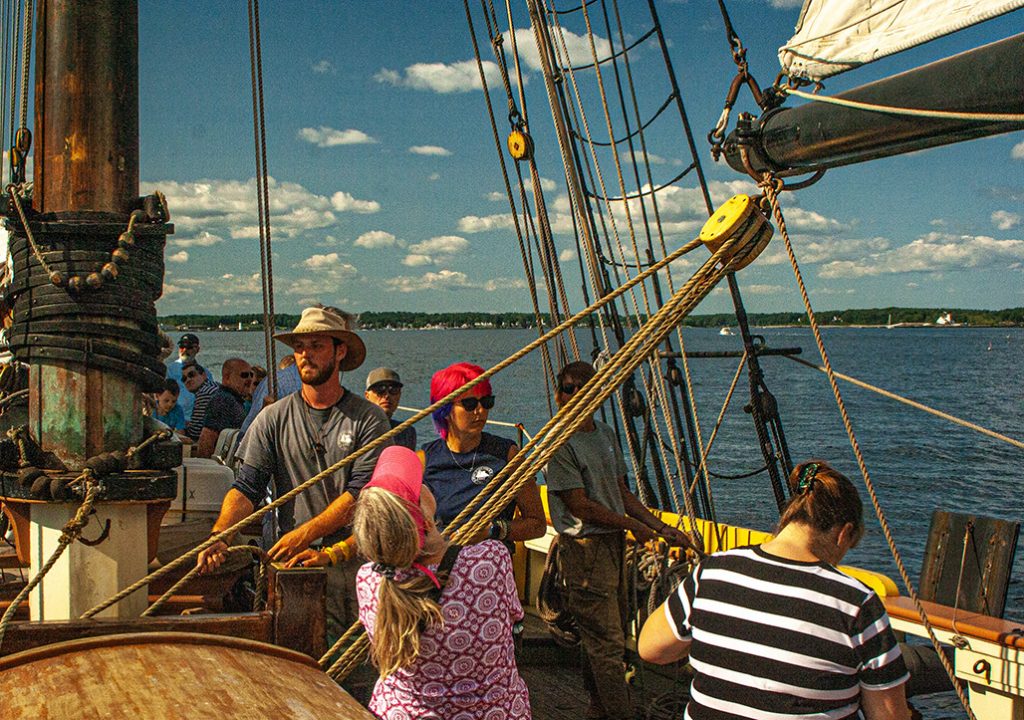
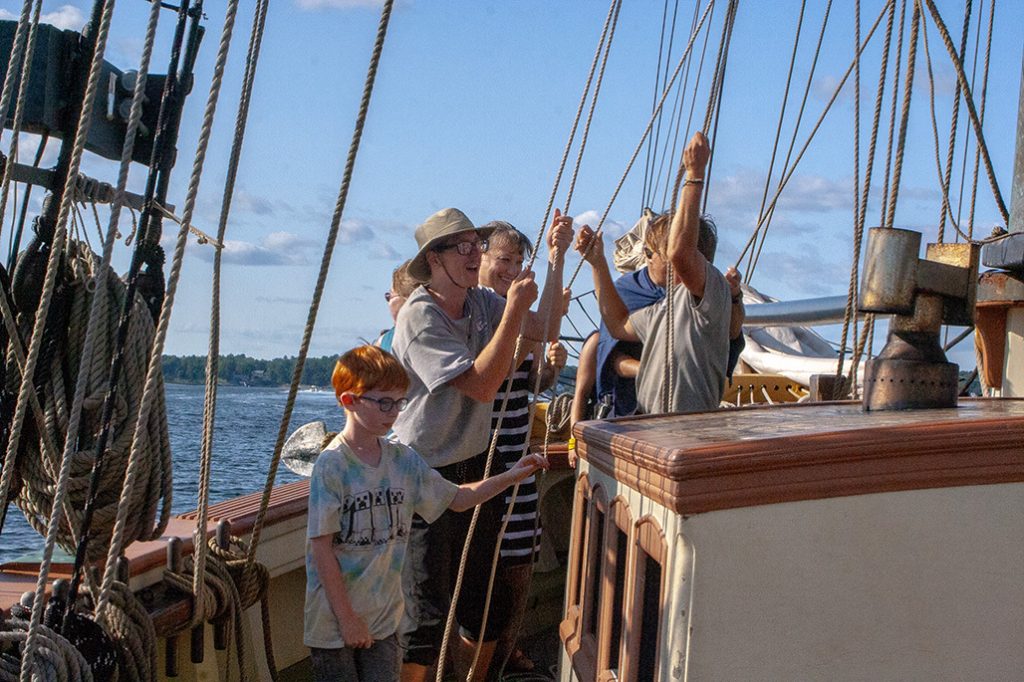
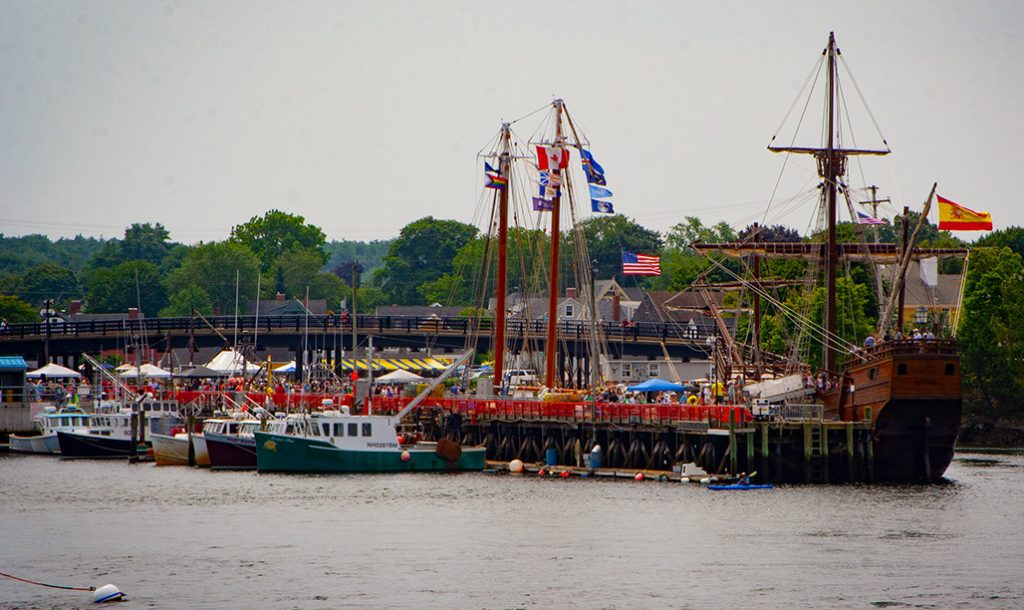
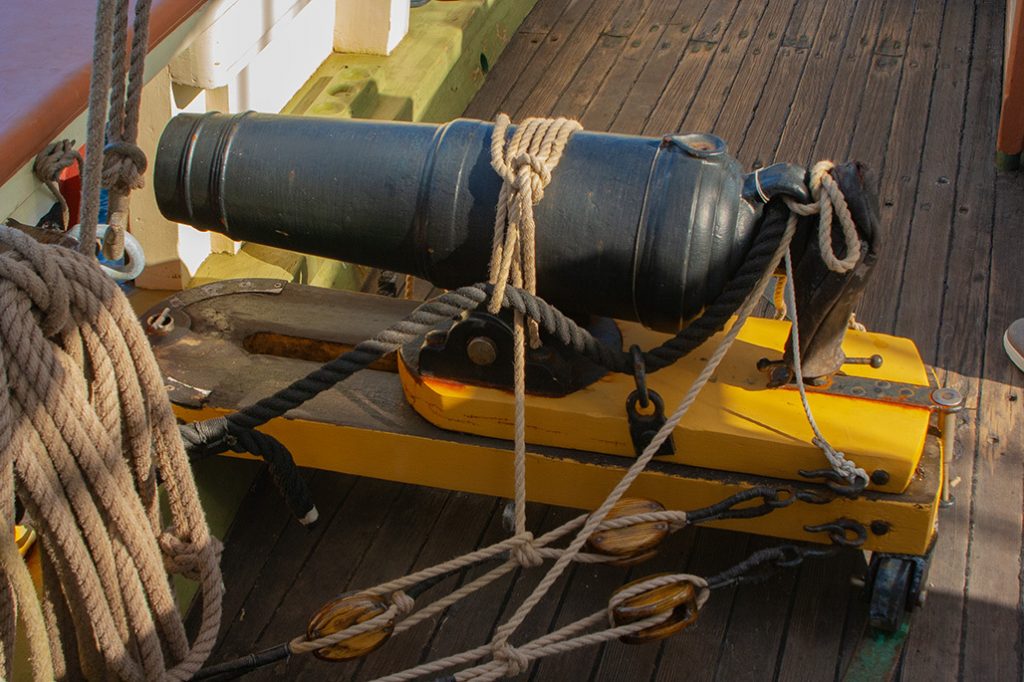
Privateers to the rescue
The War of 1812 brought unique challenges. President Thomas Jefferson had declared an embargo in 1807 that halted all export activity. American shipping ports, like Portsmouth, faced ruin. When the war broke out, the American government provided “letters of marquee” that allowed armed ships to attack and capture British vessels, along with their crew and cargo – in other words, legal acts of piracy. Local ship owners and sailors pursued this opportunity to replace lost income.
For you: Think you know City Councilor Josh Denton?
They weren’t alone. Thomas Kemp of Baltimore, MD, built several ships to serve as privateers, including the schooner, Lynx. The ship was eventually captured by the British, who brought her back to England, took her apart and drew careful plans of her construction. Naval architect Melbourne Smith used these plans to design the modern Lynx, a replica that serves as an educational vessel. She visited Portsmouth during our Tall Ships Festival, and I was fortunate to enjoy an afternoon sail.
Time travel aboard Lynx
It was truly like taking a step back in time. We launched from the UNH pier in Newcastle and sailed the Piscataqua under clear skies. Captain Sean Canniff used the engine to get us off the pier, but most of our voyage was completed under sail. Our crew worked vigorously, responding to the captain’s orders, hauling lines and setting and trimming the sails. They also narrated our experience, telling us about the important role of ships like Lynx in the War of 1812. When the conflict began, the mighty British navy had almost a thousand ships; our fledgling nation had only six frigates. Privateers, the civilian vessels permitted to attack British ships, made an important contribution to our naval force. Scholars generally declare no winner in the War of 1812; however, after the war, the British never returned to invade American shores, and American ships could ply the world’s waters without harassment from the British navy.
Thoughts of war were far off as we cruised past Whaleback Lighthouse with a gentle wind in our sails. The crew led us in a series of “sea shanties,” or traditional sailors’ songs, including one tune from Portsmouth. As we passed Great Island Common, with the open sea on the horizon, I thought of the local men who looked back from this point as they faced the ocean. They never knew what awaited them, whether fortune or failure, fair seas or shipwreck, the capture of an enemy ship or their own capture by the British. Even if they engaged an enemy ship in battle, most of the voyage would pass with the exercise of their duties aboard ship. Storms would break the monotony, but teamwork, camaraderie and well-known songs would make the months-long journey bearable. That, and a little rum.
Of course, it was fighting that made a privateer what she was. We didn’t encounter any Royal Navy vessels or pirates, but the crew showed us examples of ammunition from the 19th century, and crew member Liam fired one of the ship’s carronades. A carronade is a type of small cannon that still makes plenty of noise. With the explosion from the carronade and few “huzzahs,” I felt my journey into the maritime experience of the 1800s was complete.
A fitting festival
The Tall Ships Festival also featured two ships offering dockside tours, the Trinidad, a replica of Magellan’s ship, and the 1894 schooner Ernestina-Morrisey, operated by the Massachusetts Maritime Academy. Although the parade of tall ships had been cancelled because of potential thunderstorms, the weekend event brought a number of visitors to the waterfront. The Age of Sail has passed, but curiosity about ships and sailing is alive and well.
It seems fitting that a city built on the river and maintained by its trade should have a festival to honor tall ships. I felt grateful for the opportunity to set foot on one of them, and to experience the city, the river and the sea from the perspective of the sailors who called Portsmouth home. This opportunity can be yours at the next Tall Ships Festival, but if you can’t wait until then, consider a journey on Portsmouth’s own tall ship, the Piscataqua.
Look for my next nautical story about our beloved gundalow.
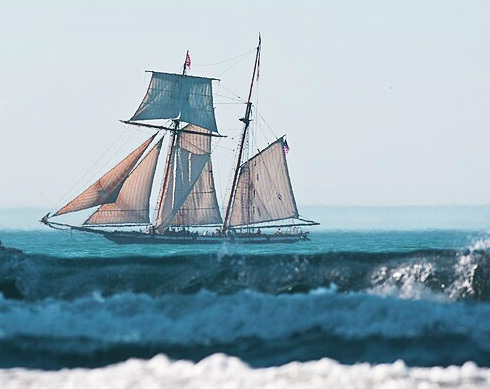
Image courtesy of Wikimedia commons







